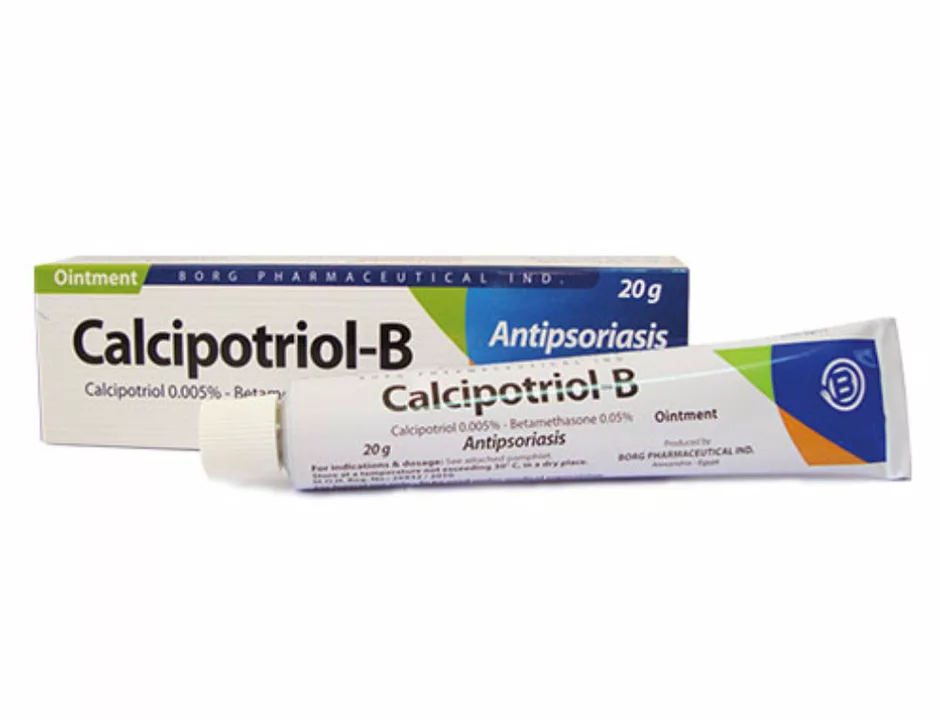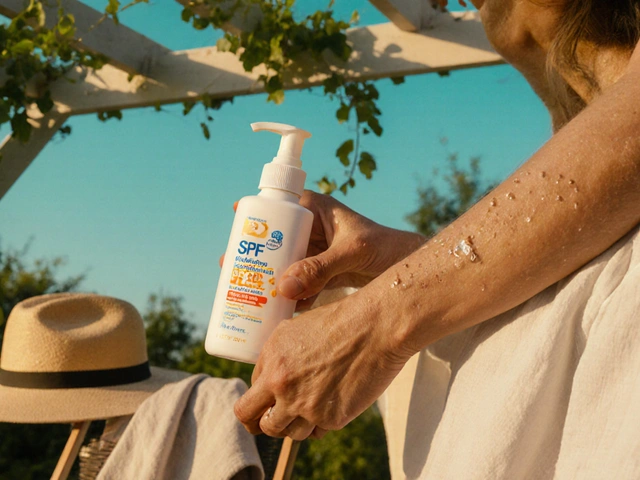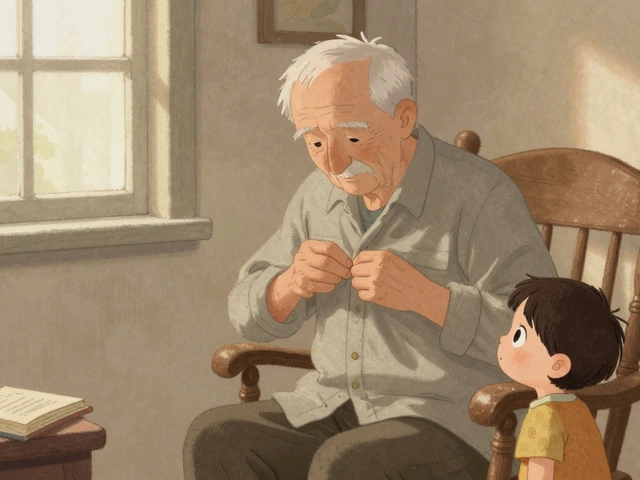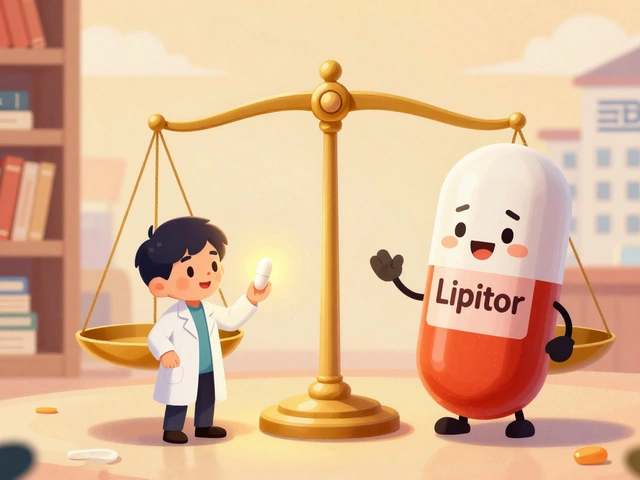
Understanding Pediatric Psoriasis and Calcipotriol
Before diving into the role of calcipotriol in pediatric psoriasis treatment, it's essential to understand what psoriasis is and how it affects children. Psoriasis is a chronic inflammatory skin condition that causes cells to build up rapidly on the skin surface, resulting in red, scaly patches. Although psoriasis is more common in adults, it can also occur in children. Pediatric psoriasis can have a significant impact on a child's quality of life, making it crucial to find effective treatments.
Calcipotriol, a synthetic derivative of vitamin D, has been found to be an effective treatment for psoriasis. It works by regulating skin cell growth and reducing inflammation. In this article, we will explore the role of calcipotriol in pediatric psoriasis treatment and how it can benefit children suffering from this skin condition.
Calcipotriol as a First-Line Treatment
Calcipotriol is often regarded as a first-line treatment option for pediatric psoriasis. This means that it is one of the initial therapies that healthcare providers consider when treating children with mild to moderate psoriasis. Calcipotriol is available in various formulations, such as creams, ointments, and solutions, making it convenient to use for children of different ages.
One of the reasons why calcipotriol is considered a first-line treatment is its safety profile. Compared to other treatments like corticosteroids, calcipotriol has fewer side effects and is less likely to cause skin atrophy, making it a safer option for long-term use in children.
Combination Therapy with Calcipotriol
In some cases, healthcare providers may recommend combining calcipotriol with other treatments to enhance its effectiveness and manage more severe cases of pediatric psoriasis. Calcipotriol can be used in combination with topical corticosteroids, which can help improve the overall efficacy of the treatment and provide faster relief from symptoms.
Combining calcipotriol with other treatments may also help reduce the risk of side effects associated with long-term use of corticosteroids. By using a lower dose of corticosteroids alongside calcipotriol, healthcare providers can minimize the potential for skin atrophy and other side effects while still providing effective treatment for pediatric psoriasis.
Monitoring Treatment Progress and Side Effects
As with any treatment, it's essential to monitor the progress of calcipotriol therapy in children with psoriasis. Healthcare providers will typically schedule regular follow-up appointments to assess the child's response to treatment and adjust the treatment plan accordingly. Parents and caregivers should also be vigilant about observing any potential side effects of calcipotriol and reporting them to the healthcare provider.
Some common side effects of calcipotriol include skin irritation, redness, and itching. In most cases, these side effects are mild and can be managed with appropriate skincare measures, such as using gentle, fragrance-free moisturizers. In rare cases, calcipotriol may cause more severe side effects, such as a significant increase in calcium levels in the blood, which requires immediate medical attention.
Education and Support for Families
Managing pediatric psoriasis with calcipotriol or any other treatment requires ongoing education and support for both the child and their family. Healthcare providers should provide families with information about psoriasis, its triggers, and ways to manage the condition alongside the prescribed treatment. This may include guidance on skincare, lifestyle modifications, and strategies to cope with the emotional impact of psoriasis.
Support groups and online communities can also be an invaluable resource for families dealing with pediatric psoriasis. Connecting with others who have had similar experiences can provide emotional support, practical advice, and a sense of belonging that can make managing the condition more manageable.
Conclusion: The Importance of Personalized Treatment
In conclusion, calcipotriol plays a crucial role in the treatment of pediatric psoriasis due to its effectiveness, safety profile, and versatility. However, it's important to remember that each child's experience with psoriasis is unique, and treatment plans should be tailored to their specific needs and circumstances.
By working closely with healthcare providers, families can ensure that their child receives the most appropriate and effective treatment for their pediatric psoriasis, with calcipotriol often playing a key role in their therapy. With the right treatment and support, children with psoriasis can achieve better control over their symptoms and enjoy an improved quality of life.







Ganesh Kamble
June 3, 2023 AT 22:03Jacqueline Anwar
June 5, 2023 AT 17:16Jenni Waugh
June 5, 2023 AT 21:48Theresa Ordonda
June 7, 2023 AT 01:06Judy Schumacher
June 8, 2023 AT 15:28Megan Raines
June 9, 2023 AT 02:13Mamadou Seck
June 10, 2023 AT 12:52Anthony Griek
June 10, 2023 AT 21:35California Daughter
June 11, 2023 AT 22:04chantall meyer
June 12, 2023 AT 12:18Lorne Wellington
June 13, 2023 AT 06:59Will RD
June 14, 2023 AT 20:15Norman Rexford
June 15, 2023 AT 17:01Shana Labed
June 16, 2023 AT 14:39Vishwajeet Gade
June 17, 2023 AT 00:31Casey Crowell
June 18, 2023 AT 12:38Shanna Talley
June 19, 2023 AT 13:14Samuel Wood
June 19, 2023 AT 19:03ridar aeen
June 20, 2023 AT 07:40Wayne Keller
June 20, 2023 AT 19:29